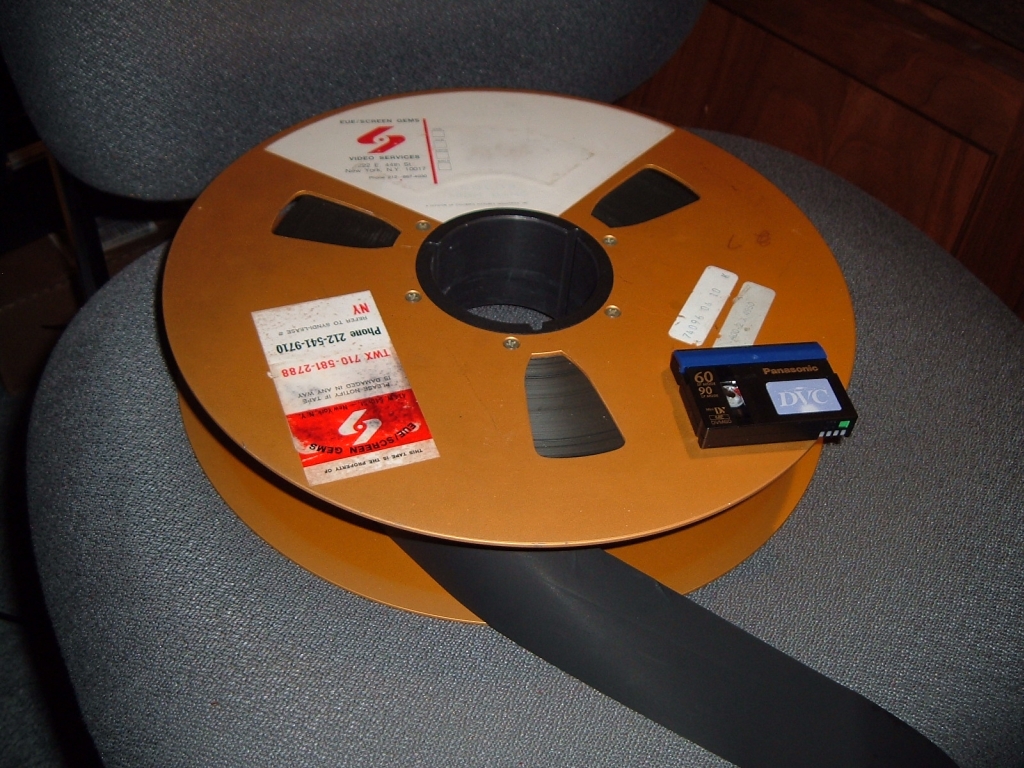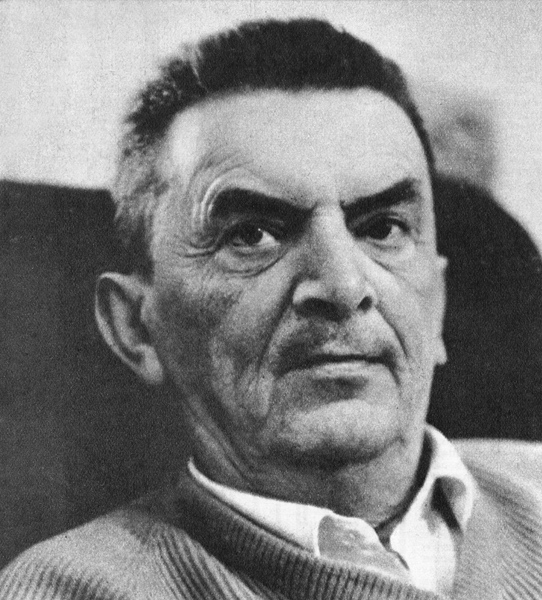|
Ryszard Grzyb
Ryszard Henryk Grzyb (born 17 July 1956, in Sosnowiec), a Polish painter, poet, and graphic designer. Born to a working-class family, Ryszard Henryk Grzyb gained his secondary education at the State High School of Fine Arts in Katowice in the years 1971–1976. In 1976–79, he was a student of Zbigniew Karpiński at the Eugeniusz Geppert Academy of Fine Arts in Wrocław. Subsequently, he moved to the Faculty of Painting at the Academy of Fine Arts in Warsaw to study under Rajmund Ziemski's tutelage. There he met Paweł Kowalewski, Jarosław Modzelewski, Włodzimierz Pawlak, Marek Sobczyk, and Ryszard Woźniak, who formed together an artist's group "Gruppa" in 1982. Grzyb was also a co-founder and editor of Gruppa's magazine Oj dobrze już (All Right, Then). He graduated with honours on 8 June 1981. In the years 1983–1987, Grzyb painted mostly so-called papers, i.e. large tempera compositions on cardboard. In 1987, the artist changed his technique and gradually switched fro ... [...More Info...] [...Related Items...] OR: [Wikipedia] [Google] [Baidu] |
Sosnowiec
Sosnowiec is an industrial city county in the Dąbrowa Basin of southern Poland, in the Silesian Voivodeship, which is also part of the Silesian Metropolis municipal association.—— Located in the eastern part of the Upper Silesian Industrial Region, Sosnowiec is one of the cities of the Katowice urban area, which is a conurbation with the overall population of 2.7 million people; as well as the greater Upper Silesian metropolitan area populated by about 5.3 million people. The population of the city is 194,818 as of December 2021. Geography It is believed that the name Sosnowiec originates from the Polish word ''sosna'', referring to the pine forests growing in the area prior to 1830. The village was originally known as ''Sosnowice''. Other variations of the name include ''Sosnowietz, Sosnowitz, Sosnovitz'' ( Yiddish), ''Sosnovyts, Sosnowyts, Sosnovytz, Sosnowytz,'' and ''Sosnovetz''. There are five other smaller settlements in Poland also called Sosnowiec, located in ... [...More Info...] [...Related Items...] OR: [Wikipedia] [Google] [Baidu] |
Zachęta National Gallery Of Art
The Zachęta National Gallery of Art ( Polish: ''Zachęta Narodowa Galeria Sztuki'') is a contemporary art museum in the center of Warsaw, Poland. The Gallery's chief purpose is to present and support Polish contemporary art and artists. With numerous temporary exhibitions of well-known foreign artists, the gallery has also established itself internationally. The word "''zachęta''" means ''encouragement''. The Zachęta Gallery takes its name from ''Towarzystwo Zachęty do Sztuk Pięknych'' (the Society for Encouragement of the Fine Arts), founded in Warsaw in 1860. History Society for the Encouragement of Fine Arts Before 1860 there were neither public museums nor libraries nor other generally accessible institutions that allowed for exchange between artists. The repression that resulted from the November Uprising, made higher artistic education virtually impossible. The last major exhibition took place in 1845. After protests by artists during the 1850s, the ''Wystawa Kr ... [...More Info...] [...Related Items...] OR: [Wikipedia] [Google] [Baidu] |
21st-century Polish Male Artists
The 1st century was the century spanning AD 1 ( I) through AD 100 ( C) according to the Julian calendar. It is often written as the or to distinguish it from the 1st century BC (or BCE) which preceded it. The 1st century is considered part of the Classical era, epoch, or historical period. The 1st century also saw the appearance of Christianity. During this period, Europe, North Africa and the Near East fell under increasing domination by the Roman Empire, which continued expanding, most notably conquering Britain under the emperor Claudius (AD 43). The reforms introduced by Augustus during his long reign stabilized the empire after the turmoil of the previous century's civil wars. Later in the century the Julio-Claudian dynasty, which had been founded by Augustus, came to an end with the suicide of Nero in AD 68. There followed the famous Year of Four Emperors, a brief period of civil war and instability, which was finally brought to an end by Vespasian, ninth Roman emperor, ... [...More Info...] [...Related Items...] OR: [Wikipedia] [Google] [Baidu] |
1956 Births
Events January * January 1 – The Anglo-Egyptian Condominium ends in Sudan. * January 8 – Operation Auca: Five U.S. evangelical Christian missionaries, Nate Saint, Roger Youderian, Ed McCully, Jim Elliot and Pete Fleming, are killed for trespassing by the Huaorani people of Ecuador, shortly after making contact with them. * January 16 – Egyptian leader Gamal Abdel Nasser vows to reconquer Palestine. * January 25– 26 – Finnish troops reoccupy Porkkala, after Soviet troops vacate its military base. Civilians can return February 4. * January 26 – The 1956 Winter Olympics open in Cortina d'Ampezzo, Italy. February * February 11 – British spies Guy Burgess and Donald Maclean resurface in the Soviet Union, after being missing for 5 years. * February 14– 25 – The 20th Congress of the Communist Party of the Soviet Union is held in Moscow. * February 16 – The 1956 World Figure Skating Championships open in Garmisch, West Germany. * February 22 – Elvis P ... [...More Info...] [...Related Items...] OR: [Wikipedia] [Google] [Baidu] |
Jan Cybis
Jan Cybis (16 February 1897 - 13 December 1972) was a prominent Polish painter and art teacher. Biography Cybis was born in Fröbel (now Wróblin, Opole Voivodeship, Poland) and studied at the Jan Matejko Academy of Fine Arts in Kraków, settling in that city from 1934. The German Expressionist Otto Mueller was his mentor. He studied under Józef Pankiewicz among others, developing a reputation for a post-impressionist style using rich, saturated color influenced by the French. In the 1930s Cybis was among the most prominent of the Kapists or Paris Committee, a significant group of Polish painters of the time. His wife Hanna Rudzka-Cybisowa (1897-1988) was a notable painter in her own right and also active as a Kapist. Among other recognitions, Cybis was awarded the Polish communist government's Order of the Banner of Work in 1949 and the Medal of the 10th Anniversary of People's Poland in 1955, although during the Socialist Realism period Cybis was prevented from teachin ... [...More Info...] [...Related Items...] OR: [Wikipedia] [Google] [Baidu] |
National Museums In Warsaw
National may refer to: Common uses * Nation or country ** Nationality – a ''national'' is a person who is subject to a nation, regardless of whether the person has full rights as a citizen Places in the United States * National, Maryland, census-designated place * National, Nevada, ghost town * National, Utah, ghost town * National, West Virginia, unincorporated community Commerce * National (brand), a brand name of electronic goods from Panasonic * National Benzole (or simply known as National), former petrol station chain in the UK, merged with BP * National Car Rental, an American rental car company * National Energy Systems, a former name of Eco Marine Power * National Entertainment Commission, a former name of the Media Rating Council * National Motor Vehicle Company, Indianapolis, Indiana, USA 1900-1924 * National Supermarkets, a defunct American grocery store chain * National String Instrument Corporation, a guitar company formed to manufacture the first resonator gui ... [...More Info...] [...Related Items...] OR: [Wikipedia] [Google] [Baidu] |
Academy Of Fine Arts In Warsaw
Academy of Fine Arts in Warsaw ( pl, Akademia Sztuk Pięknych w Warszawie) is a public university of visual arts and applied arts located in the Polish capital. The Academy traces its history back to the Department of Arts founded at the Warsaw University in the Duchy of Warsaw in 1812. As a separate institution it was founded in 1844 in Congress Poland. In an upgrade in 1904 it was named the Warsaw School of Fine Arts; and in 1932 it received recognition as an Academy. At first the institute did not have its own building and classes were held in several locations around the city. Following an architectural competition a design by Alfons Gravier was chosen and construction began in 1911. The building was completed by the outbreak of the First World War. Faculties *Faculty of Painting *Faculty of Sculpture *Faculty of Graphic Arts *Faculty of Conservation and Restoration of Works of Art *Faculty of Interior Design *Faculty of Industrial Design *Faculty of Media Art N ... [...More Info...] [...Related Items...] OR: [Wikipedia] [Google] [Baidu] |
Ryszard Woźniak
Ryszard Woźniak (born 13 June 1956 in Białystok) is a Polish painter, performer and teacher. Between 1976 and 1981 Woźniak studied at the Academy of Fine Arts in Warsaw, under Stefan Gierowski. In the years 1982-1988 he taught art at his home university. Since 1982, he was involved in Gruppa, having participated in almost all the artist group's exhibitions and campaigns, as well as having co-wrote its newsletter ''"Oh well"'' (''"Oj dobrze już"''). Between 1985 and 1989, together with Marek Sobczyk, Woźniak worked on the polychromy of the Neo Greek-Catholic Church of St. Nicholas, Kostomloty in the Podlaskie Voivodeship. In 1986, the artist and Ryszard Grzyb went for a scholarship to West Berlin. In 1991/1992 he lectured at the private Art School in Warsaw, founded and run by Jarosław Modzelewski and Marek Sobczyk. Since c.1992-93, he runs a painting studio at the University of Zielona Góra The University of Zielona Góra was founded on 1 September 2001 as a result ... [...More Info...] [...Related Items...] OR: [Wikipedia] [Google] [Baidu] |
Paweł Kowalewski
Paweł Kowalewski – (born 20 September 1958 in Warsaw) is a Polish artist, member of Gruppa, pedagogue, founder of the Communication Unlimited agency. Biography From 1978 to 1983 he studied at the Academy of Fine Arts in Warsaw, where he received a diploma with distinction from the studio of Stefan Gierowski. Since 1985 he has been a lecturer at the Department of Design of the Warsaw Academy of Fine Arts. Currently he holds the academic title of professor of the Academy. He was a founder member of Gruppa, the most famous artistic grouping in Poland in the 1980s, together with Ryszard Grzyb, Jarosław Modzelewski, Włodzimierz Pawlak, Marek Sobczyk and Ryszard Woźniak. Gruppa's works can be summarised as being a rebellion against an overly academic approach to art and a taking of a post avantgarde position, as well as being a protest against the censorship and repression meted out by the communist state during the time of martial law which had been introduced in 1981 throu ... [...More Info...] [...Related Items...] OR: [Wikipedia] [Google] [Baidu] |
.jpg)



